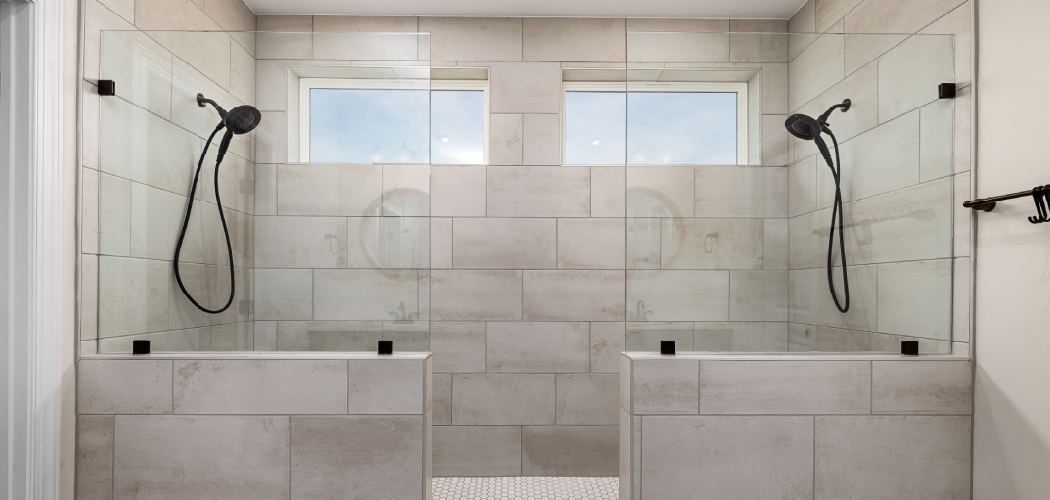A well-designed shower can turn a regular bathroom into an oasis. It can also save you time and money in the long run due to better water efficiency. Whether you’re remodeling or starting from scratch, learning to design a shower is essential.
One of the main advantages of designing your own shower is that you can create a unique and personalized style for your bathroom. Custom designs allow you to customize all aspects of the space, such as the layout, fixtures, and materials used.
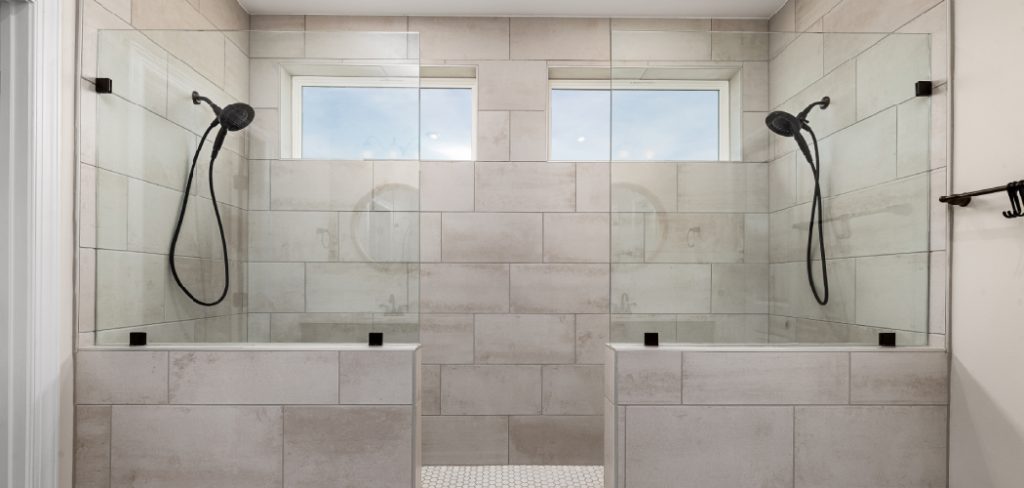
Additionally, knowing exactly what type of features you want in the shower can make it easier to find a supplier that can provide those specific items. In this blog post, You will learn how to design a shower in detail.
Step by Step Processes for How to Design a Shower
Step 1: Inspect the Water Pressure
Before you start planning your shower layout, inspect the water pressure in the area. If it is low, consider increasing the pressure or looking into other options, such as a pump. Use tape measure to measure out all available space in the bathroom where your shower will be located. This is essential to ensure that your shower design fits in the space you have.
Step 2: Consider Drainage
Make sure that the drainage of your shower is designed correctly. If it isn’t, the water may not properly drain away and could cause damage to the floor or walls of your bathroom. There are many types of shower panels available to choose from. Ensure that the one you pick is suitable for your bathroom and provides enough coverage for your shower needs.
Step 3: Decide on Shower Head Type
Select a type of shower head that meets your needs, such as rainfall, hand-held, wall-mounted, or ceiling-mounted. Determine what accessories will be needed for your shower design, such as a diverter valve, body sprays, shelves, and hooks. Make sure to purchase these items before beginning the installation process.
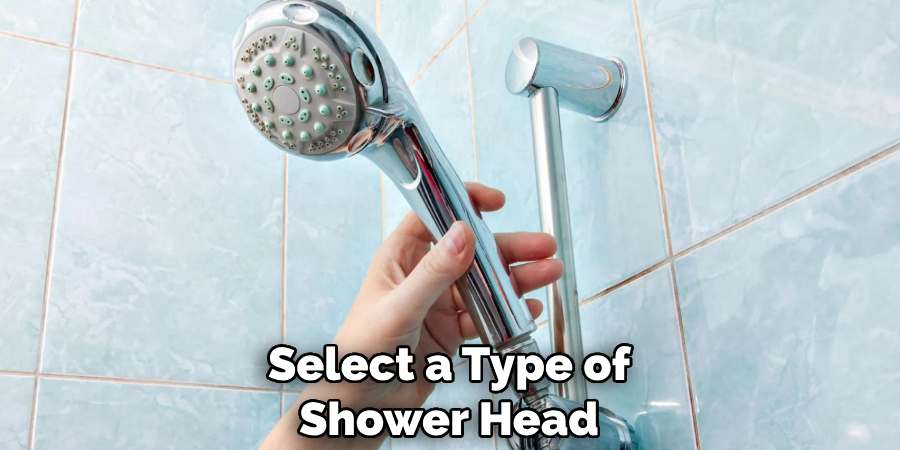
Step 4: Install Shower Panels
Follow the instructions for your chosen shower panels and begin the installation process. Make sure to secure them properly so that they are stable and won’t move when in use. Connect the water supply to the shower panel, following any instructions provided by the manufacturer. Test out the water pressure at this point.
Step 5: Fit Shower Head and Accessories
Attach the shower head and any accessories to the panel. Ensure that they are securely fitted and water-tight. Turn on the water supply and test out your new shower design. Make sure all of the components are working correctly before using them.
Now you know to design a shower, so get started. With the right planning and installation process, you can have a beautiful shower in your bathroom in no time.
Tips for How to Design a Shower
- Install a non-slip flooring material such as ceramic tiles or anti-slip matting in the shower to reduce the risk of slipping and falling.
- Ensure that the shower area is well-ventilated with adequate ventilation fans or windows that will help prevent moisture build-up and mold growth.
- Ensure all shower fixtures are securely fixed and installed so they don’t become loose after a while.
- Install grab bars or similar support accessories where necessary to assist with safely entering and exiting the shower.
- Choose appropriate shower doors/curtains to ensure there is no water leakage from the shower area onto the rest of the bathroom floor.
- Install an appropriate showerhead that will help regulate the water flow and temperature to prevent scalding.
- Use waterproof grout for tiling or sealing the joints to avoid leaks and other water damage issues.
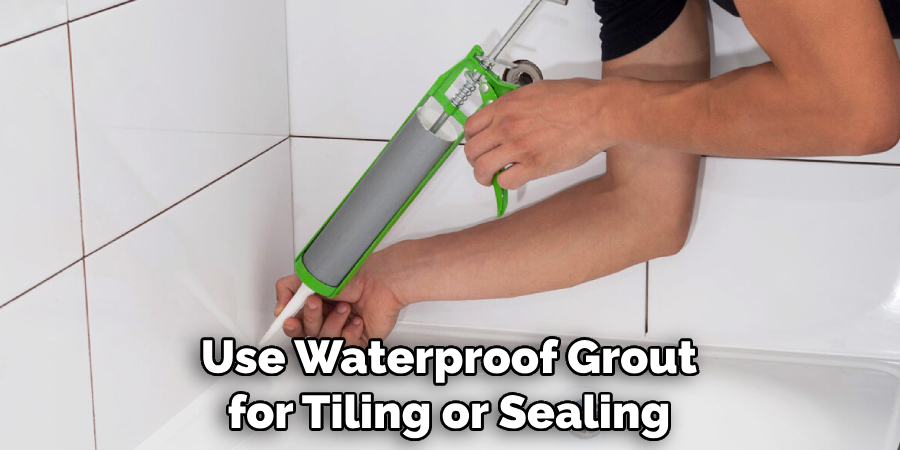
By following these tips, you can be sure that your shower design is safe and secure.
Importance of How to Design a Shower
- Durability: When designing a shower, it is important to choose strong and durable materials to withstand years of use.
- Water Conservation: Designing a shower with an efficient water flow rate helps reduce the amount of water used when taking showers each day, which benefits both the environment and your wallet!
- Safety: Installing safety features such as grab bars, non-slip surfaces, and strategic placement of shower fixtures helps prevent falls and accidents in the shower.
- Accessibility: It is important to consider how people with limited mobility or special needs can access the shower safely and conveniently.
- Comfort: Designing a shower that is comfortable to use can make showering a more pleasurable experience. Consider adding features such as waterproof speakers, adjustable showers, and steam generators for an extra luxurious touch.
- Visual Aesthetics: The look of the shower should be considered carefully when designing it. Select materials and fixtures that complement the rest of the bathroom’s decor.
By taking all of the above considerations into account, you can create a shower that is both functional and aesthetically pleasing.
Are You Planning on Installing a Steam Feature in the Shower?
If so, you’ll need to ensure that the shower is equipped with a waterproof steam generator to ensure that the moisture does not cause any damage to your bathroom. This generator must also be connected to a dedicated electrical circuit with its own venting system. You’ll also want to plan for adequate insulation around the shower walls and ceiling to ensure the steam does not escape.

The size of your shower will also be an important factor when it comes to designing a shower with steam features. Steam rooms typically require more space than regular showers, so you’ll need to plan for this in advance.
You should also bear in mind that hot, humid air from the steam room can affect the entire bathroom, so adequate air circulation and ventilation should be taken into account.
Finally, safety is always a priority when it comes to designing any kind of shower, including one with steam features. Make sure that the flooring used in the steam room has anti-slip properties, and install grab bars and textured flooring for added safety.
Will the Shower Include Safety Features Such as Grab Bars and Non-slip Surfaces?
Safety should be a primary consideration when designing a shower. It’s important to consider whether the user will need additional safety features, such as grab bars or non-slip surfaces. Grab bars are essential for individuals with limited mobility.
Non-slip surfaces can help prevent falls due to wet conditions. If needed, look into purchasing high-quality safety features that will ensure the user’s safety and privacy.
Additionally, make sure that the shower is easy to access. To do this, consider whether you need a barrier-free shower or one with a curb for easy step-over. If the user has limited mobility, adding a bench can also provide additional support and stability when entering and exiting the shower.
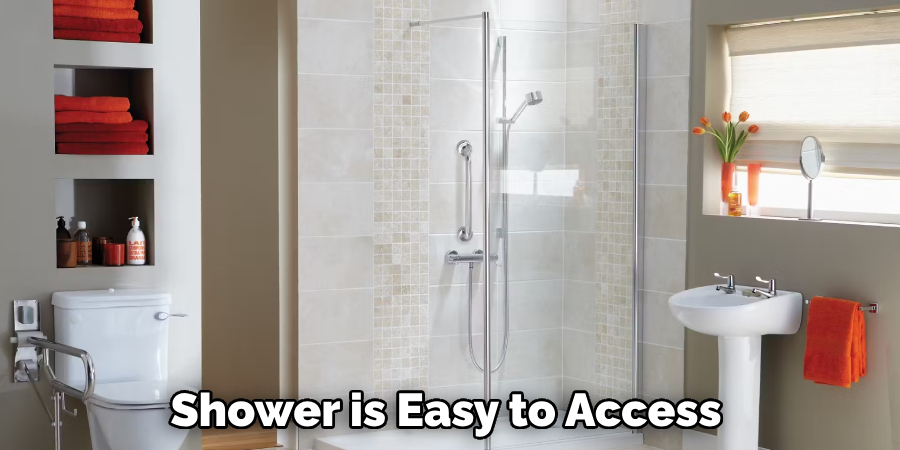
Finally, look into various accessories that can enhance the user’s experience in the shower. This could include a handheld sprayer for accessibility or a rainfall showerhead for extra comfort and luxury. All of these features will come together to create a space suited to the needs of all users.
Do You Need a Place to Store Your Bathroom Items Conveniently?
If you want to store your bathroom items conveniently, consider building shelves or cubbies in the shower. These can be built right into the wall of the shower, providing easy access from inside the stall. For easy access, you can also use baskets or hooks to hang towels and other items from the wall.
Another great option is installing an integrated shower caddy that can be adjusted to fit your needs. This helps keep your bathroom organized and clutter-free.
When designing a shower, it is important to consider the lighting of the space. Natural light will help make the area feel open and airy. For added brightness, install recessed lighting in the shower.
You can even choose to add lighting fixtures for a dramatic effect or stick with simple wall-mounted sconces. Consider adding a few features if you want your shower to feel more spa-like. A built-in bench is ideal since it allows you to sit and relax during your showers.
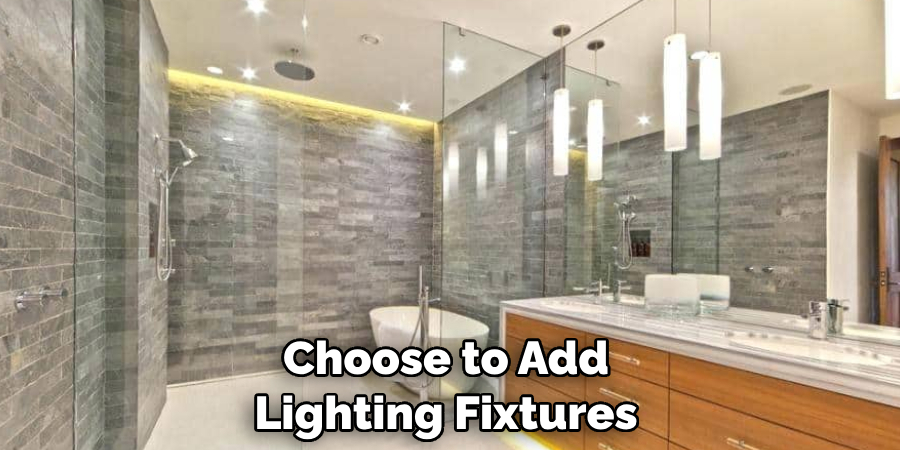
Conclusion
In conclusion, designing a shower can be both challenging and rewarding. It’s important to take into account not only the overall aesthetics but also practical considerations like drainage, waterproofing, ventilation, and access before starting construction on your dream shower.
With careful planning and consideration for all elements of design, you can create a beautiful, functional shower that will give you years of relaxation and enjoyment. With the right design, you can create a shower experience that is truly unique to you. I hope this article has been beneficial for learning how to design a shower. Make Sure the precautionary measures are followed chronologically.

